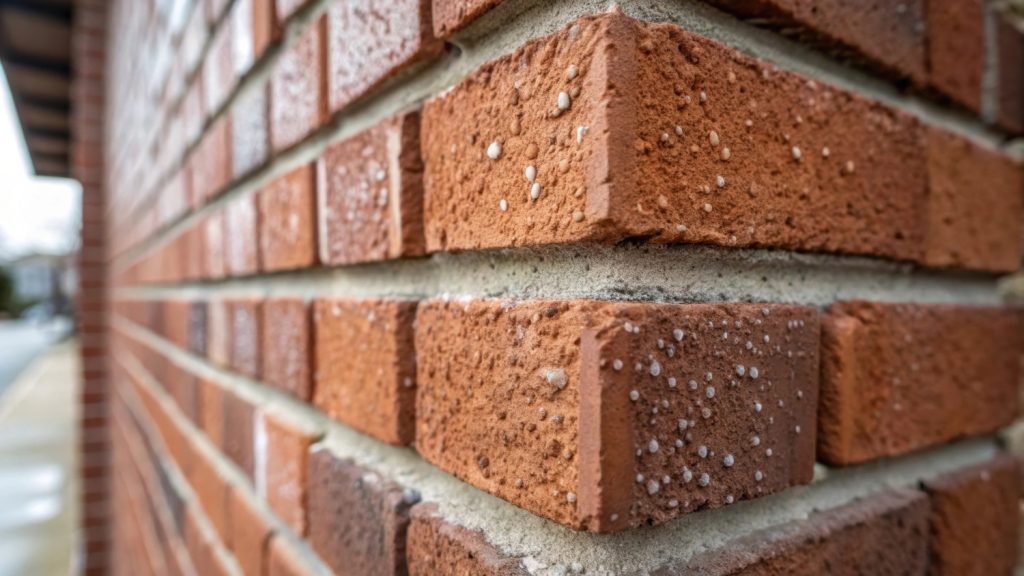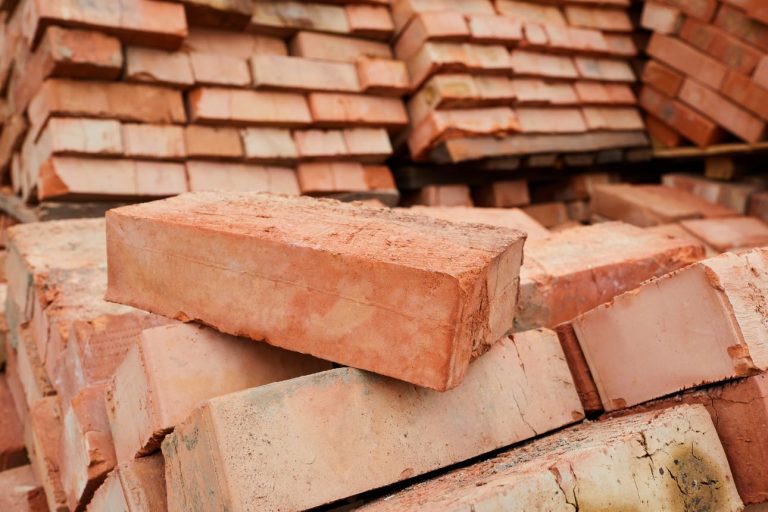Introduction to Brick Maintenance for Realtors
Brick exteriors offer timeless charm, durability, and low maintenance, making them a strong selling point in real estate. However, even the most robust brickwork can suffer from wear and tear over time.
As a realtor, understanding the basics of brick maintenance can help you spot potential issues early, present listings more confidently, and guide clients in preserving property value.
Why Brick Maintenance Matters in Real Estate
Impact on Curb Appeal and Property Value
A well-maintained brick facade can significantly enhance a property’s curb appeal. Clean, crack-free bricks create a strong first impression, signaling a well-cared-for home. According to studies, homes with strong curb appeal can sell for up to 7% more than similar properties with a neglected exterior.
Buyer Perception and Inspection Readiness
Visible brick issues can raise red flags for buyers and home inspectors. Efflorescence, crumbling mortar, or cracks can suggest deeper structural or moisture problems. Staying ahead of maintenance allows realtors to market homes with confidence, minimizing inspection setbacks and buyer concerns.
Common Brick Issues Realtors Should Recognize
Efflorescence and Staining
Efflorescence appears as a white, powdery substance on brick surfaces. It results from salt deposits left behind by evaporating water. While it’s not always structurally damaging, it indicates moisture intrusion, a problem that needs attention before it worsens.
Cracking and Structural Weakness
Bricks can crack due to settling, thermal expansion, or foundation shifts. Horizontal or stair-step cracks may point to serious foundation issues. Realtors should document such defects and advise sellers on the need for professional evaluation.
Mortar Deterioration (Tuckpointing Needs)
Mortar holds bricks together and seals out moisture. Over time, it can crumble or wash away, leaving gaps that compromise the wall’s integrity. Repointing or replacing deteriorated mortar is essential to maintain stability and aesthetic appeal.
Essential Brick Maintenance Tips
Regular Cleaning and Washing Techniques
Routine cleaning helps preserve a brick home’s visual appeal. Use a low-pressure wash and mild detergent to remove dirt, mold, or algae. Avoid harsh chemicals or high-pressure washers, which can damage the brick’s surface.
Identifying and Addressing Water Damage
Brick is porous, so prolonged exposure to water can lead to erosion or mold. Check for signs like discoloration, soft spots, or mold near the base of walls. Ensure proper drainage and repair damaged gutters to prevent moisture buildup.
Repointing and Sealing the Brickwork
Repointing involves removing old, crumbling mortar and applying fresh mortar. It strengthens the structure and prevents water from entering the wall system. Sealing the brick afterward adds an extra layer of protection against water intrusion.
Inspecting and Repairing Flashing
Flashing, metal sheeting used to redirect water from joints, must be intact around windows, doors, and rooflines. Damaged or missing flashing can lead to leaks and internal damage. Ensure it’s secure and corrosion-free.
Seasonal Brick Care Tips
Winter Preparation and Freeze-Thaw Protection
Water trapped in bricks can freeze and expand, causing cracks. Before winter, seal vulnerable brick areas and check for gaps in mortar. Clear snow buildup near the base of the building to reduce moisture exposure.
Spring Inspection and Repairs
Spring is the best time to assess any damage caused by winter. Look for new cracks, spalling (brick surface flaking), or efflorescence. Early repairs prevent small issues from becoming costly problems.
Professional Maintenance vs. DIY
When to Call The Professionals
If a property shows signs of widespread damage such as large cracks, structural shifts, or failing mortar, it’s best to involve professionals like Brick Restoration, Inc.. Our expertise ensures repairs are done correctly and safely.
Cost-Effective DIY Tips for Realtors
For minor upkeep, realtors can recommend DIY fixes like:
- Brushing off loose efflorescence with a dry brush.
- Cleaning mildew with a vinegar-water solution.
- Applying water-repellent brick sealant to small areas.
Brick Restoration Tips for Property Listings
Enhancing Listings with Restored Exteriors
A recently restored brick exterior can be a major selling point. Include it in marketing materials and MLS descriptions to attract attention. Highlight improvements like repointing, sealing, or professional cleaning.
Before and After Photos for Marketing
Use side-by-side before-and-after photos in your listing. These visuals not only showcase the home’s transformation but also give buyers confidence in the seller’s commitment to upkeep.
How Brick Maintenance Helps Close Sales Faster
Boosting Buyer Confidence
Buyers appreciate move-in-ready homes with minimal repairs needed. Presenting a well-maintained brick exterior positions the home as a lower-risk investment, often shortening the decision-making process.
Minimizing Negotiation Over Repairs
When brickwork is in excellent shape, buyers are less likely to request credits or repairs after the home inspection. This helps streamline the closing process and protects the seller’s bottom line.
FAQs About Brick Maintenance for Realtors
Q1: How often should brick exteriors be inspected?
At least once a year, ideally during spring or fall, or before listing a property.
Q2: Can pressure washing damage brick?
Yes, high-pressure washers can erode brick surfaces and mortar. Always opt for low-pressure cleaning.
Q3: What causes bricks to flake or crumble?
This condition, known as spalling, often results from freeze-thaw cycles or prolonged water exposure.
Q4: Is sealing brick always necessary?
Not always. Sealing is recommended for bricks exposed to heavy moisture but should be breathable to allow vapor escape.
Q5: Can efflorescence be prevented?
While not entirely preventable, proper drainage and sealing can significantly reduce its occurrence.
Q6: What is the average cost of repointing brick?
Depending on the extent, it can range from $5 to $25 per square foot. A professional estimate is recommended.
Conclusion and Final Thoughts
Brick exteriors are a prized asset in real estate, and maintaining them is vital for aesthetics, structural integrity, and marketability. By recognizing common issues, knowing when to act, and leveraging expert help like that from Brick Restoration, Inc., realtors can offer added value to clients and close sales with confidence.
Whether you’re preparing a listing or advising a buyer, understanding brick maintenance gives you a competitive edge in today’s market.






